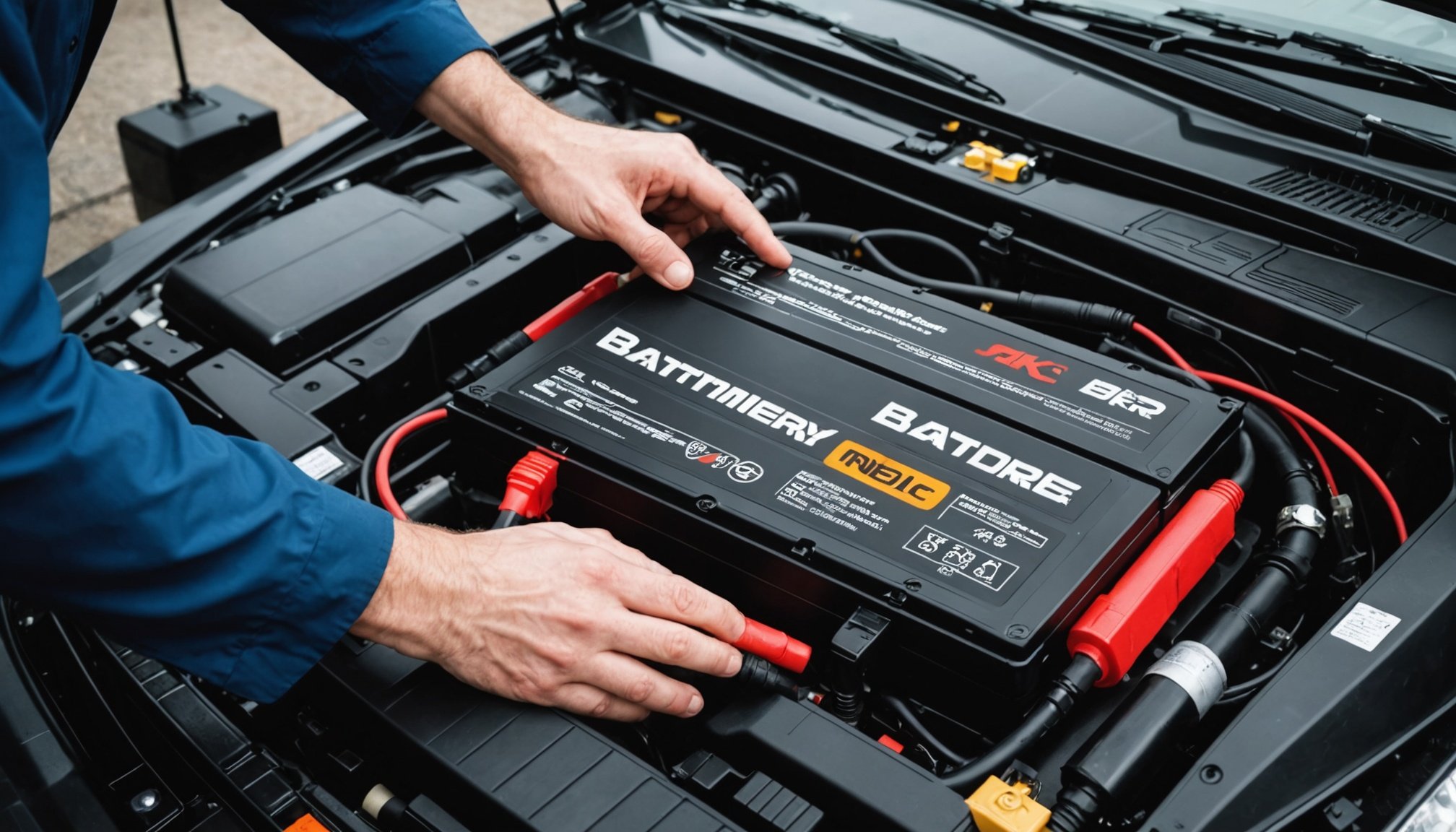Choosing the right type of vehicle battery maintainer is essential for every car owner in the UK, especially as we approach the colder months. Understanding your vehicle’s battery and charger options can significantly extend the life of your batteries and ensure they are always ready to start when you need them. With various types of chargers available, from trickle chargers to advanced smart options, deciding on the best fit for your vehicle’s needs can be daunting. In this article, we will explore the different types of battery maintainers, their functionalities, and how to choose the right one for your specific requirements.
Understanding the Importance of Battery Maintenance
Battery maintenance is crucial for every vehicle owner. A well-maintained battery can save you from unexpected breakdowns and costly replacements. In the UK, extreme weather conditions, especially during winter, can significantly impact battery performance. Cold temperatures can cause your battery to lose charge quickly, which is why having a reliable charger is vital.
Also read : How do UK vehicle coolant products differ from standard coolant solutions?
When you allow your battery to sit idle, it can gradually discharge. This is where battery maintainers come into play. They help keep your vehicle’s battery charged without overcharging it. Choosing the right type of maintainer is important for maximizing battery health and lifespan. For instance, a trickle charger provides a constant low level of charge, which is perfect for occasional use vehicles. On the other hand, smart chargers can adjust the charging rate based on the battery’s condition, ensuring optimal charging without risk of damage.
Understanding these differences helps you make an informed decision. If you frequently use your vehicle, a simple trickle charger might suffice. However, for classic cars or vehicles that sit for long periods, investing in a smart charger can prove beneficial. It ensures the battery is always ready, providing peace of mind, especially during cold, damp winters.
In the same genre : How can I ensure I’m using the right UK vehicle brake cleaner for my car’s needs?
Types of Vehicle Batteries in the UK
In the UK, various types of vehicle batteries are commonly used, each requiring a specific type of charger. The most prevalent types include lead-acid, AGM, and lithium-ion batteries. Understanding these can help you select the right charger.
Lead-acid batteries are traditional and widely used. They are reliable and cost-effective but require regular maintenance. These batteries tend to lose charge when not in use, making them ideal candidates for a battery maintainer. An appropriate charger for lead-acid batteries can help maintain their charge and extend their lifespan.
AGM (Absorbent Glass Mat) batteries are designed for performance. They are sealed, maintenance-free, and can handle higher discharge rates. This makes them ideal for modern vehicles with advanced electrical systems. For AGM batteries, you need a charger that can adjust the charging voltage to meet the battery’s specific requirements.
Finally, lithium-ion batteries are becoming more popular, especially in electric and hybrid vehicles. They require specialized chargers to ensure proper charging cycles and safety. Understanding the type of battery in your vehicle is vital when choosing a maintainer. Always refer to your vehicle’s manual for recommendations on the suitable charger type.
Selecting the Best Charger for Your Needs
Selecting the right charger involves considering several factors, including battery type, usage patterns, and additional features. Start by determining the type of battery your vehicle uses, as this will narrow down your options.
Another key consideration is the amp rating of the charger. Most car batteries have a standard capacity, often measured in amp hours (Ah). A charger with a higher amp rating can charge your battery faster, which is useful if you need to get back on the road quickly. However, if your vehicle is rarely used, a lower amp charger may be sufficient, providing a slow, steady charge over time.
Moreover, you should look for chargers with smart technology. Smart chargers automatically adjust the charging rate based on the battery’s condition, preventing overcharging and damage. They often come equipped with multiple charging modes, including maintenance mode, which is ideal for long-term storage.
Consider portability as well. If you plan to use the charger at home and on the go, choose a lightweight and compact design. This way, you can ensure your vehicle is ready to start, regardless of where you are. Lastly, read reviews and seek recommendations to find the best charger that fits your needs. A well-informed purchase can save you time and money in the long run.
Best Practices for Battery Charging and Maintenance
Once you have selected the appropriate charger, understanding how to use it effectively is crucial. Here are some best practices for battery charging and maintenance that every vehicle owner should follow.
Always ensure your charger is compatible with your battery type. Connecting the wrong type of charger can lead to battery damage or even create safety hazards. Before connecting, read the manufacturer’s guidelines to ensure proper usage.
When charging, park your vehicle in a well-ventilated area to avoid the buildup of gases that can occur during the charging process. If using a trickle charger, monitor the charge periodically to prevent overcharging. For smart chargers, you can set them up and leave them, as they will handle the rest.
It’s also advisable to clean the battery terminals regularly. Corrosion can build up and affect the connection between your battery and the charger. Use a mixture of baking soda and water to clean any corrosion, then rinse and dry the terminals thoroughly.
Additionally, check the battery fluid levels (if applicable) and maintain the recommended level. If your vehicle’s battery is sealed, this won’t be necessary. Lastly, store your charger in a dry, cool place when not in use to prolong its life and ensure it operates efficiently when you need it.
In summary, selecting the right type of UK vehicle battery maintainer requires careful consideration of your vehicle’s battery type and your charging needs. Understanding the various types of batteries and chargers available can help you ensure your vehicle remains in top operating condition. Remember to follow best practices for charging and maintenance to maximize the lifespan of your batteries. By investing in a quality charger and committing to regular maintenance, you’ll ensure that your vehicle is always ready to start, no matter the time of year.











